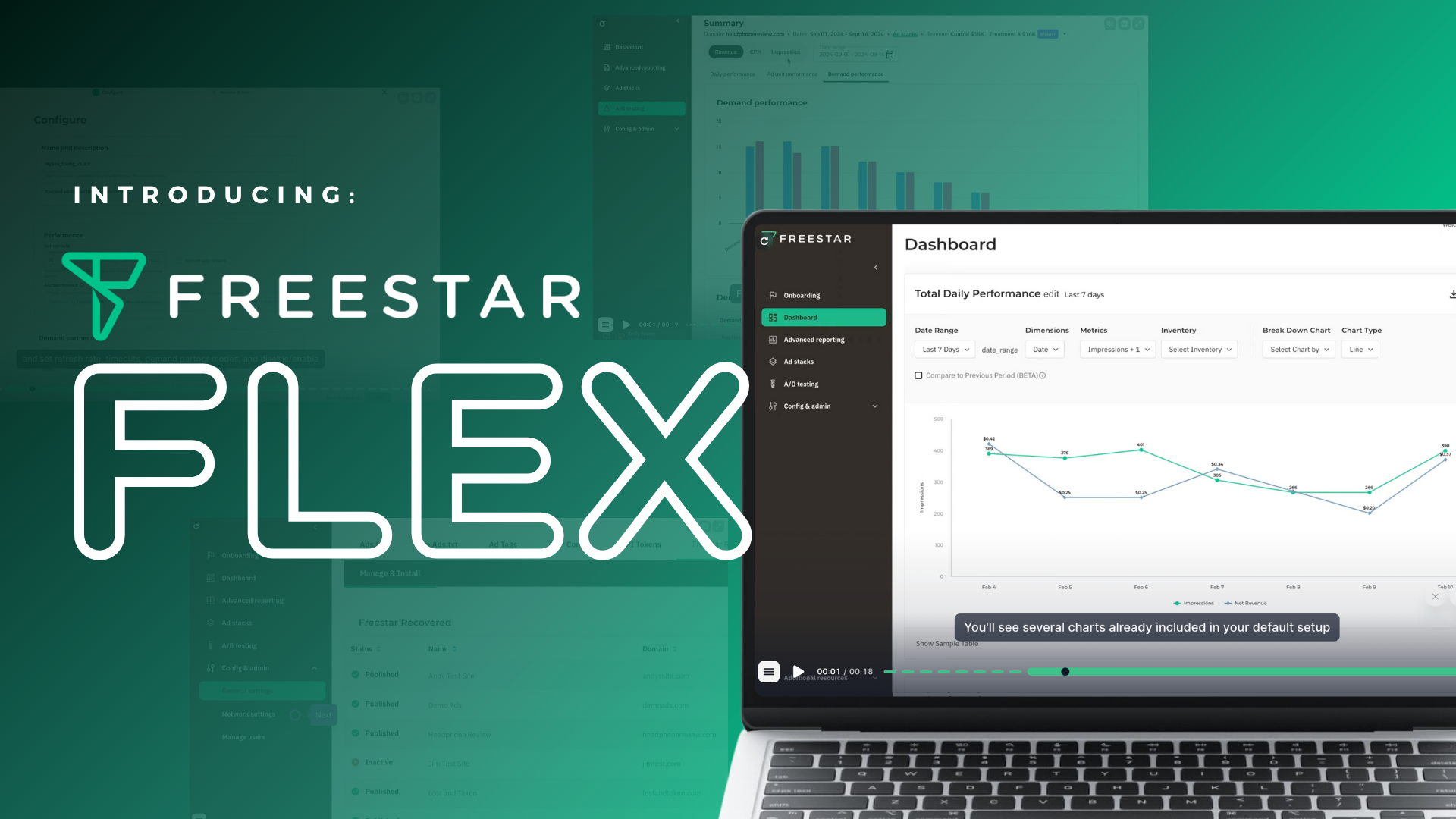By Eric D’Elia
2020 brought about an incredible amount of uncertainty and will go down as one of the wildest years in our lifetime. A global pandemic will have that effect. In the adtech world, there are other reasons 2020 has brought about uncertainty. Apple’s release of iOS 14 and the changes to IDFA are responsible for that. The IDFA (Identifier for Advertisers) has been the cornerstone of so many businesses in the app ecosystem — navigating without it will take time, testing, and adjustments. The jury will be out on the level to which businesses can overcome this fundamental change handed down by Apple in the months and years ahead. While the death of the IDFA was introduced by Apple in the name of user privacy, I believe Apple’s motivations may not be as selfless as advertised. But, that is a conversation for another time.
Apple’s deadline enforcing the App Tracking Transparency framework is set to come to fruition early this year. Ironically, Apple has been less than transparent with the exact date, and has left the industry on pins and needles. Some of the challenges publishers face with the changes include learning to scale user acquisition campaigns with access to far less data, getting users to opt-in to IDFA tracking, monetizing users effectively through ads when users do not opt-in, managing data collection done by 3rd party SDKs, and more.
Specific to in-app ad monetization, vendors are making changes to target users by leveraging signals available on devices rather than relying on profiles built around a consumer’s IDFA. The outcome will be less relevant ads for those consumers, and less conversions for those paying for the ad space. We’ve seen Facebook Audience Network disclose the extent to which this change will impact their performance on iOS devices as Facebook’s entire targeting framework had been built around IDFA. What is the potential impact? As quoted in Forbes, Facebook could have as much as $8 billion at risk, and Google $17 billion at risk as an outcome of this change.
If you are saying, ‘Ok, so the change is big, what can I do about this?’. We’d like to help publishers prepare the best they can when Apple enforces the new rules.
The basic recommendations:
With iOS 14, the IDFA will be zeroed out until an app calls the App Tracking Transparency framework to present the app-tracking authorization request to the end-user. If a user opts-in to tracking within your app, the IDFA can be leveraged but if they opt-out, the IDFA will be zeroed out for that device. In addition, the ATT prompt can only be called once per device.
Steps to ensure you are ready –
- Ensure your ad monetization SDKs are on iOS 14 supported versions.
- Ad networks have made changes to their SDKs to account for the changes coming with iOS 14. To ensure compatibility, you need to verify you are on the latest supported versions of your SDK networks.
- SKAdNetwork support
- Apple built a system by which ad networks can still attribute installs, if IDFA is unavailable.
- To ensure your networks can function, update the SKAdNetworkItems key with an additional entry in your info.plist dictionary.
- The string for these SKNetwork IDs need to be lowercase as represented below and indicated in Apple’s documentation:
<dict>
<key>SKAdNetworkIdentifier</key>
<string>22mmun2rn5.skadnetwork</string>
</dict>
- Define a strategy for the Apple Tracking Transparency pop up.
- Your goal is to get as many users to opt-in to tracking as possible – but the reality is, you won’t get 100% of users. In fact, many developers are expecting that less than 20% of their users will opt-in. Either way, you can test different ways to try to increase your opt-in rate as much as possible.
Hopefully these steps will help you prepare for the changes coming with Apple’s enforcement of App Tracking Transparency. If you have any specific questions, please feel free to email us at Freestar to provide guidance.





